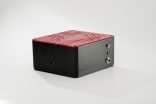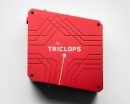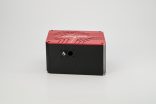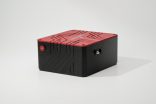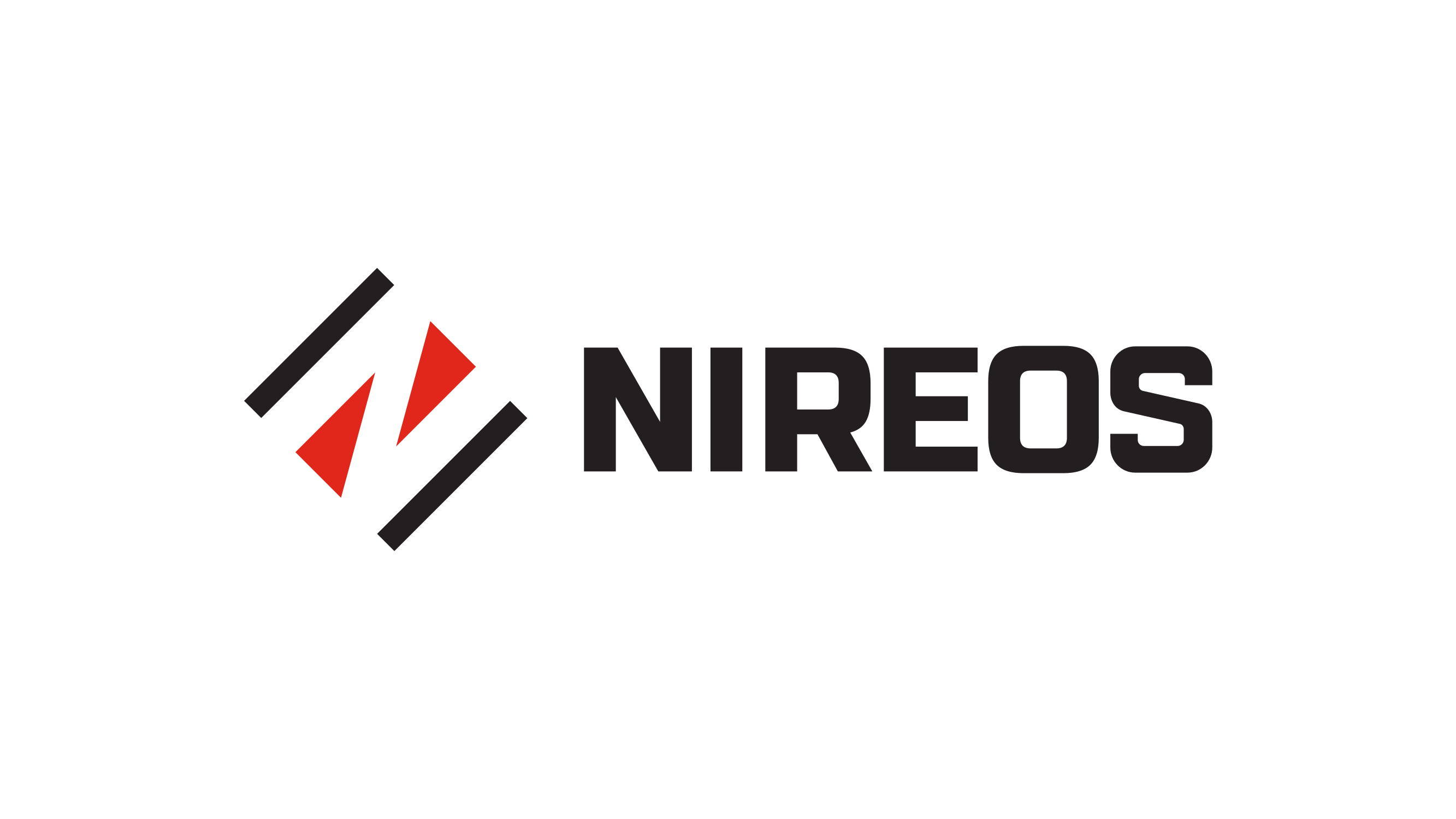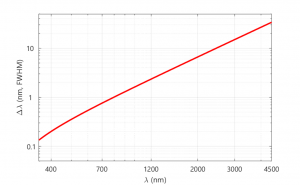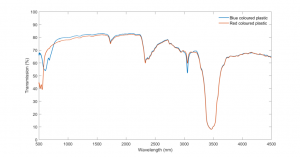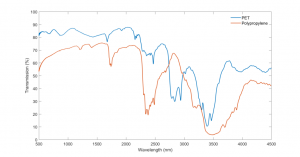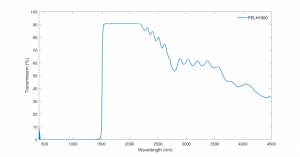TRICLOPS – Ultrabroadband VIS-NIR-SWIR-MIR Spectrometer
The TRICLOPS spectrometer enables the simultaneous recording of a complete spectrum from 400 nm to 4500 nm with just one compact device and combines spectroscopy of the visible wavelength range with the higher wavelength ranges up to the mid-infrared.
Thanks to the flexible optical inputs, the TRICLOPS can be coupled into both free-space collimated and via fiber. The TRICLOPS has a very high sensitivity and even weak signals can be detected perfectly.
At the same time, the underlying technology of the TRICLOPS enables a high wavelength accuracy and reproducibility of the measurements with a respectable repetition rate.
Special features
- Extremely broadband spectrometer
- High spectral resolution
- High sensitivity with high light throughput
- Can be used both fiber-coupled and free-space
- User-friendly software with available API
Technical background
TRICLOPS extends classical Fourier transform spectroscopy from the infrared to an enormous wavelength range of 400-4500 nm. For this, an interferogram of the incident light is recorded, which is converted into the respective spectrum via Fourier transformation (FT).
With classic interferometers, the very precise FT spectroscopy is limited to the infrared range. The extension to the visible wavelength range only works with the TRICLOPS thanks to the innovative integrated interferometer developed by NIREOS and also available separately under the name GEMINI. This patented common-path interferometer, which is based on the method of two birefringent wedges moving against each other, achieves a unique stability in the delay of about one attosecond. Finally, Fourier transform spectroscopy can also be carried out in the visible wavelength range!
The advantages of this technology are obvious: gratings and slits of the classical monochromator-based spectrometers can be omitted, so that the light throughput is significantly improved and the TRICLOPS is perfectly suited for low-light applications – not least because of the 1 cm aperture of the spectrometer when used in free-space collimated mode.
Technical specifications
| Wavelength range | 400 - 4500 nm |
| Spectra collection rate | 0.5 - 3 Hz |
| Spectral resolution | 10 cm-1 |
| Light input method | Fiber-coupled or collimated |
| Fiber coupled input | Fiber core Ø ≤ 1 mm, NA = 0.33 (f/1.5) |
| Collimatd input | 10 mm Ø aperture |
| Photodetectors | Si, InGaAs, 2-stage TE-cooled PbSE |
| Interface | USB-C 2.0 |
| Dimensions | 180 x 160 x 55 mm |
| Weight | 1.5 kg |
| Software | Windows 10/11 OS GUI and API available |
Spectral resolution
Example transmission measurements
